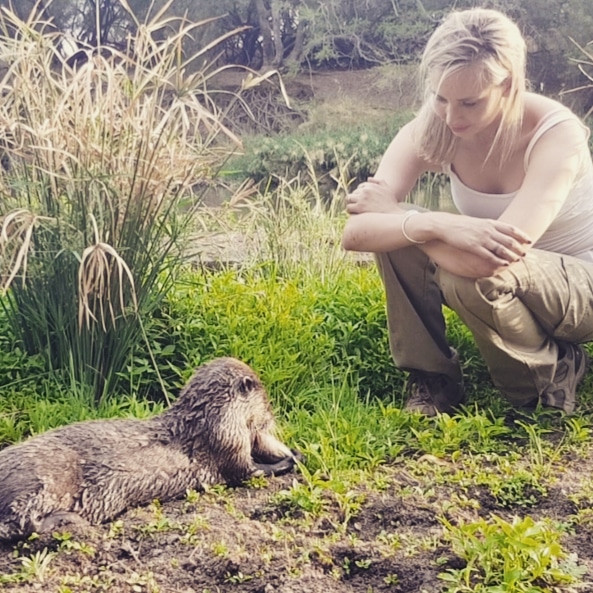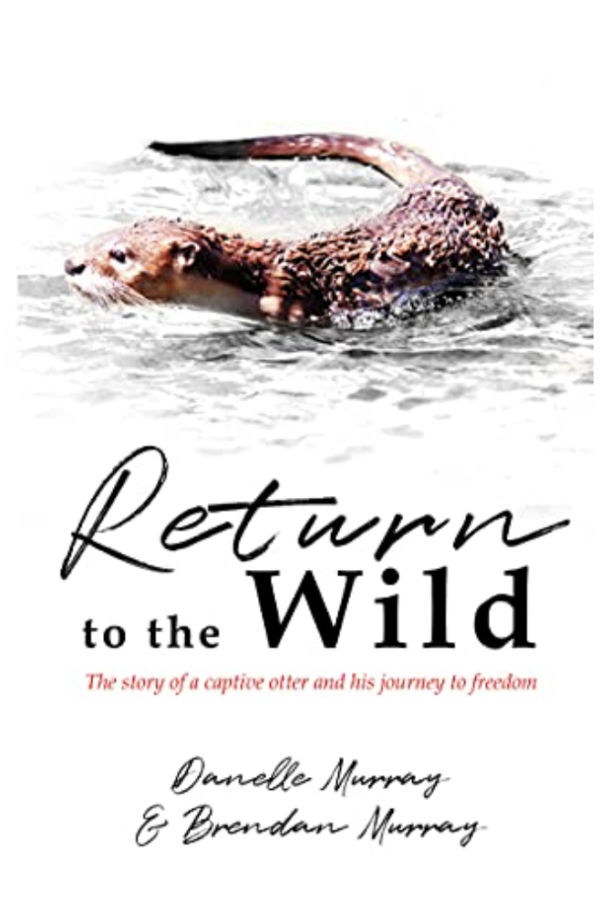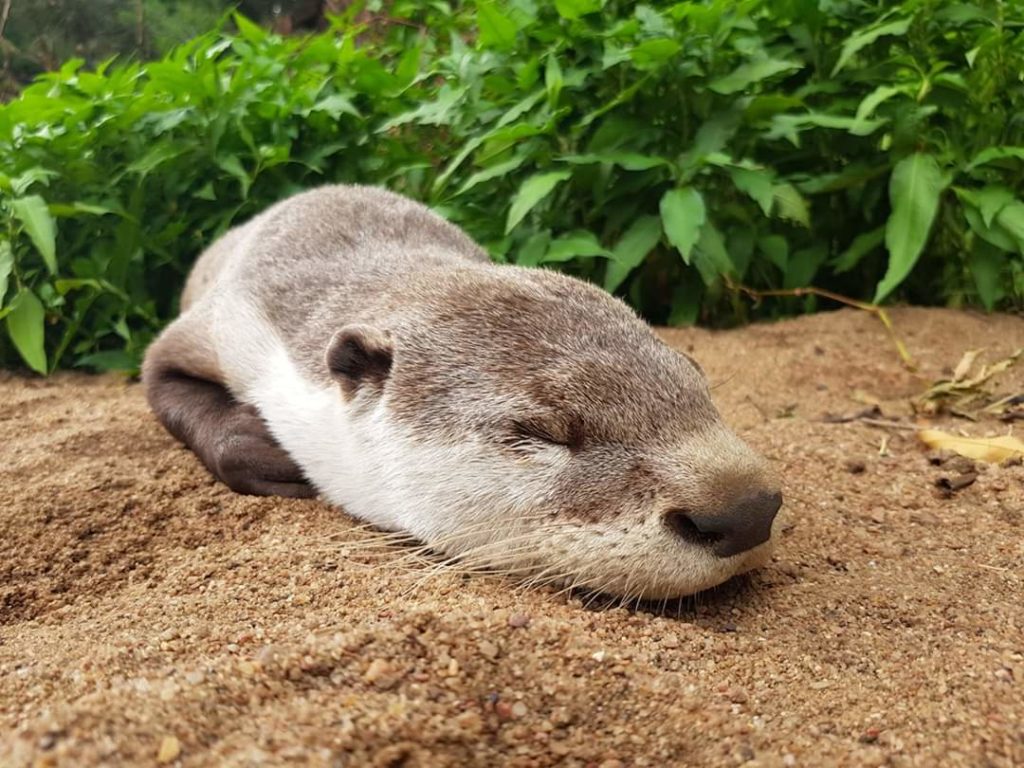Danelle and Brendan Murray, founders of Owl Rescue Centre, are two wildlife warriors to be reckoned with. Their fearless passion for the conservation of wild animals has led them on many incredible journeys, writes Anita Froneman from Getaway.
In September 2019, the couple was asked to rewild, release and post-release monitor a very tame, five-year-old Cape Clawless otter called Lazarus, who had been rescued as a cub but remained in captivity until the Murrays’ intervention.
It came as no surprise that the operation was not as smooth sailing as the Murray’s had hoped. Turns out that Lazzy, as he affectionately became known, is afraid of water.
“During our initial observations, we realized that Lazarus was extremely tame. We also noticed that he had a fear of completely submerging himself in water and would not enter deep waters. It had become known to us that the otter had had no exposure to open water or a larger body of water. This presented a problem for an otter that we intended to introduce into the wild.”
Despite dull criticism, the couple did not give up.
“We were fully prepared that the release may not be possible and that there would be many obstacles to overcome. The transition from captivity to the wild would be large in this case. We could not find any other supporting data of an otter of this age being successfully introduced into the wild. We were determined to give it a try and put methods in place to overcome each difficulty.
We slowly managed to desensitize him of his fear of water and he would later spend most of his day swimming in the river. This was accomplished by placing his food first into a small body of water and by taking him for daily swims (approximately 6 hours per day) in the river. With every passing day, his confidence in the water grew and his reactions and behaviours became more identical to a wild otter.

Lazarus was initially placed in a mesh steel release-enclosure of approximately 6m by 3m on the riverbank where he could grow accustomed to the new area and prepare him for release. He was let out for 6 hours (supervised) a day to learn vital survival skills. As Lazarus became more familiar with his new environment and he had marked out his territory, the enclosure was left open for the otter to leave and return on his own accord. Initially, Lazarus would return to sleep inside the wood shelter inside the enclosure, but later grew more independent and now has a sleeping spot on the riverbank.
We’ve documented through video recording the daily changes and progress in Lazarus since the start of the release process. We have gained knowledge of the species that we feel could be valuable in otter conservation, especially in similar cases. We are currently working on a book that outlines the details of our findings.
Today, Lazarus lives free in a natural habitat along the Crocodile River in the North West Province of South Africa. We still observe, check and monitor his progress and gain useful data through this.
Another Cape clawless otter (presumably female) has been spotted in the nearby vicinity and our hope is that they would possibly pair up.”
Brendan and Danelle’s work in conservation has earned them international acclaim and they have recently been appointed as members of the IUCN (International Union of Conservation of Nature) and SSC (Species Survival Commission).
Return to the Wild is an awe-inspiring story available for purchase directly through the organisation at www.owlrescuecentre.org.za, on Amazon or Kindle. It will soon hit the shelves of bookstores across the country.

Pictures: Getaway

